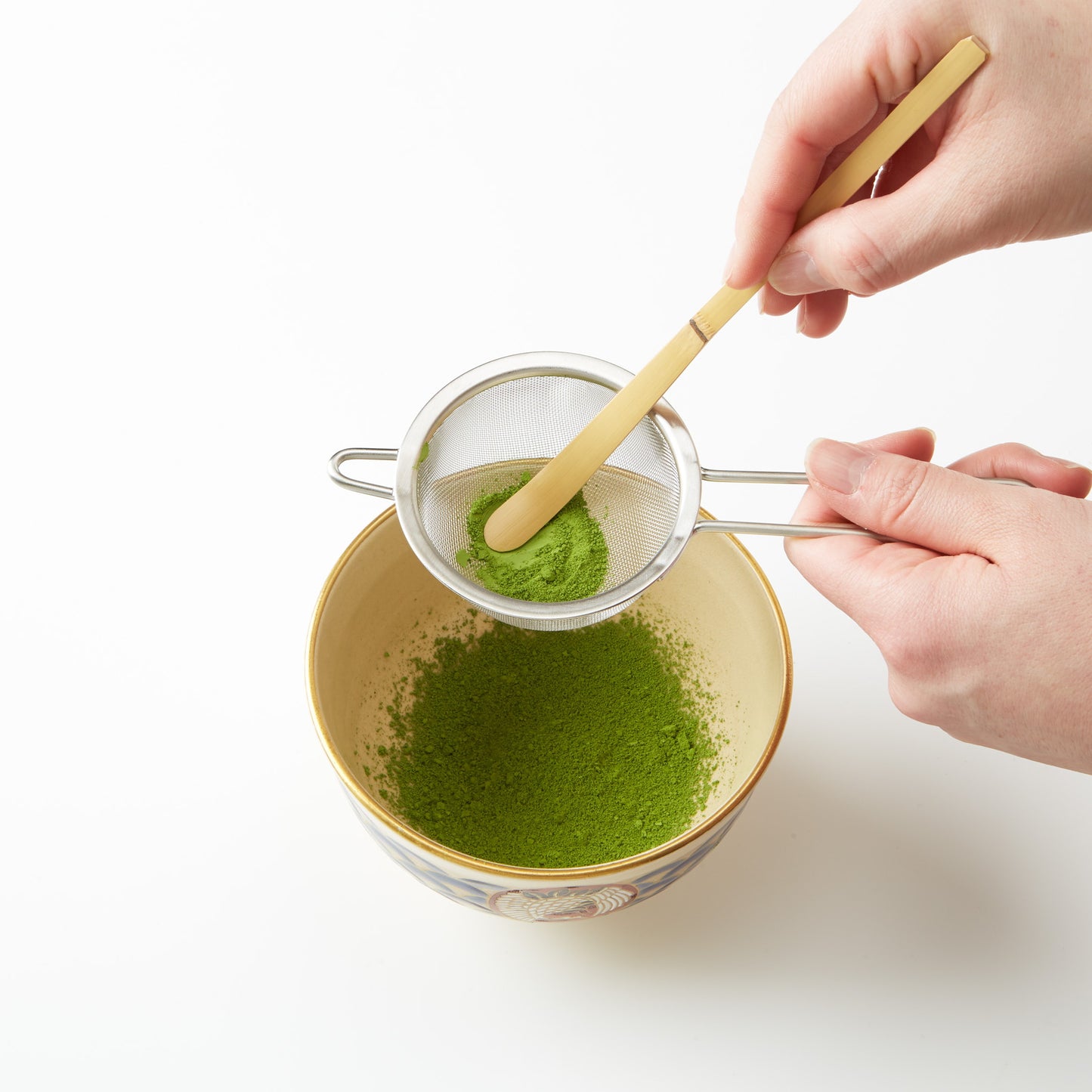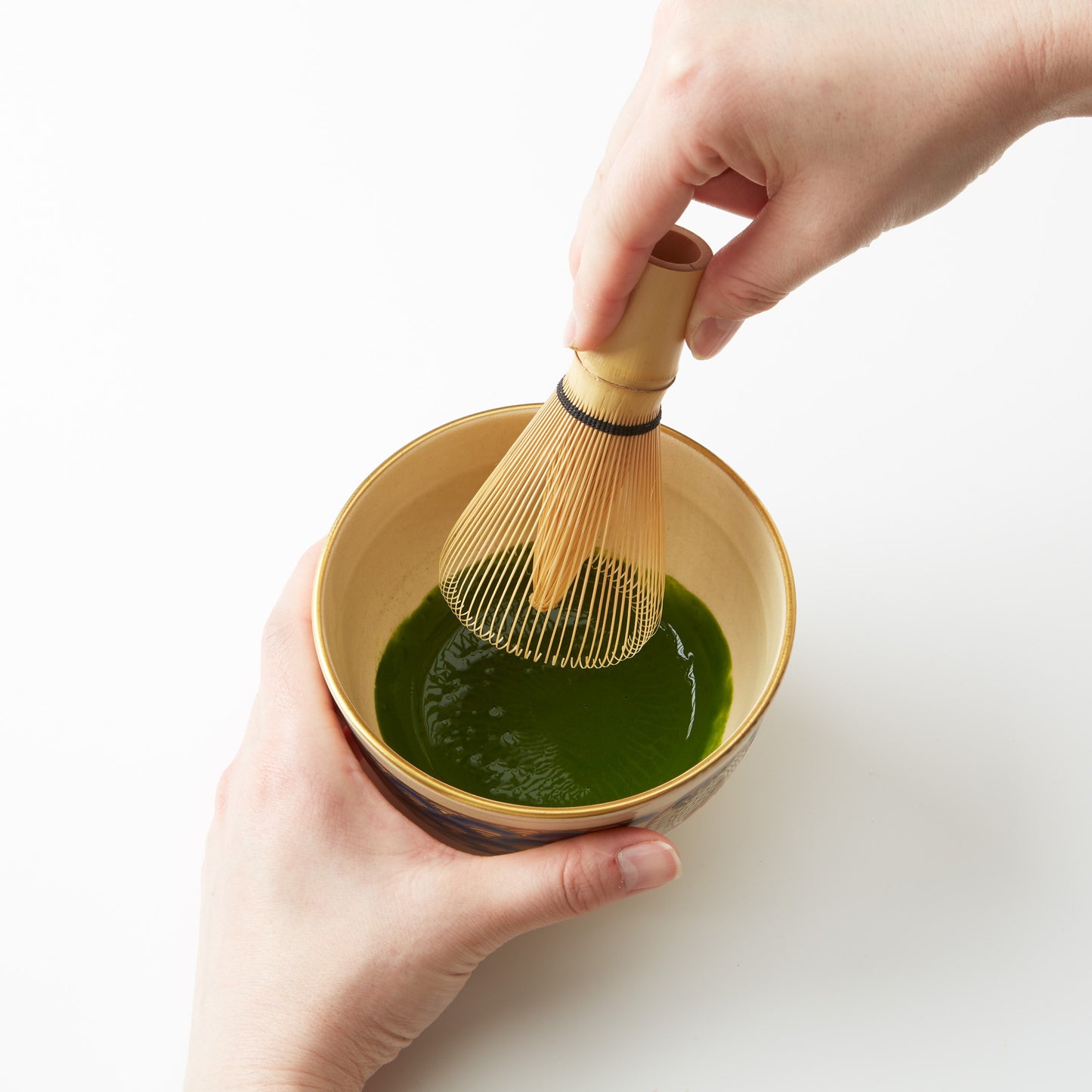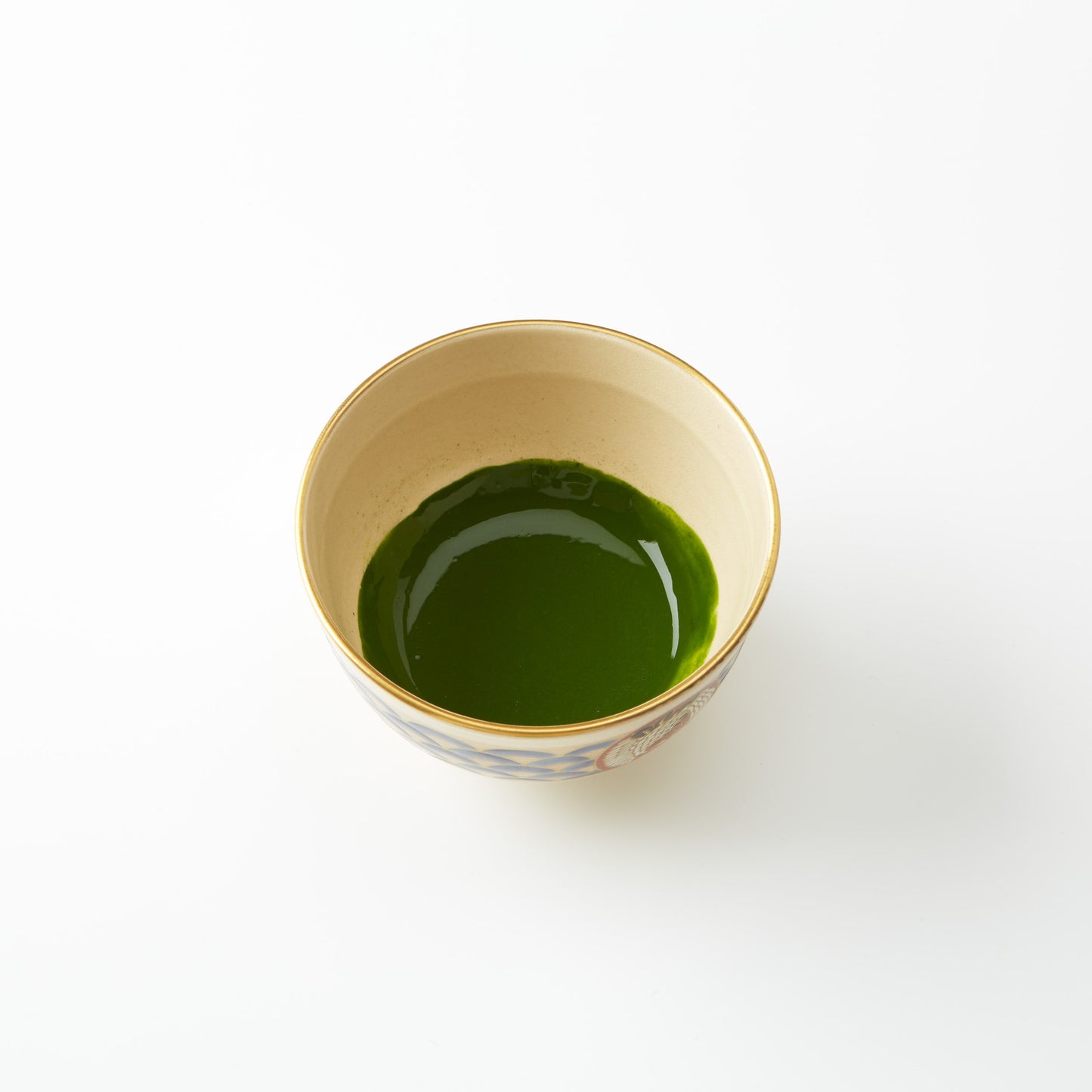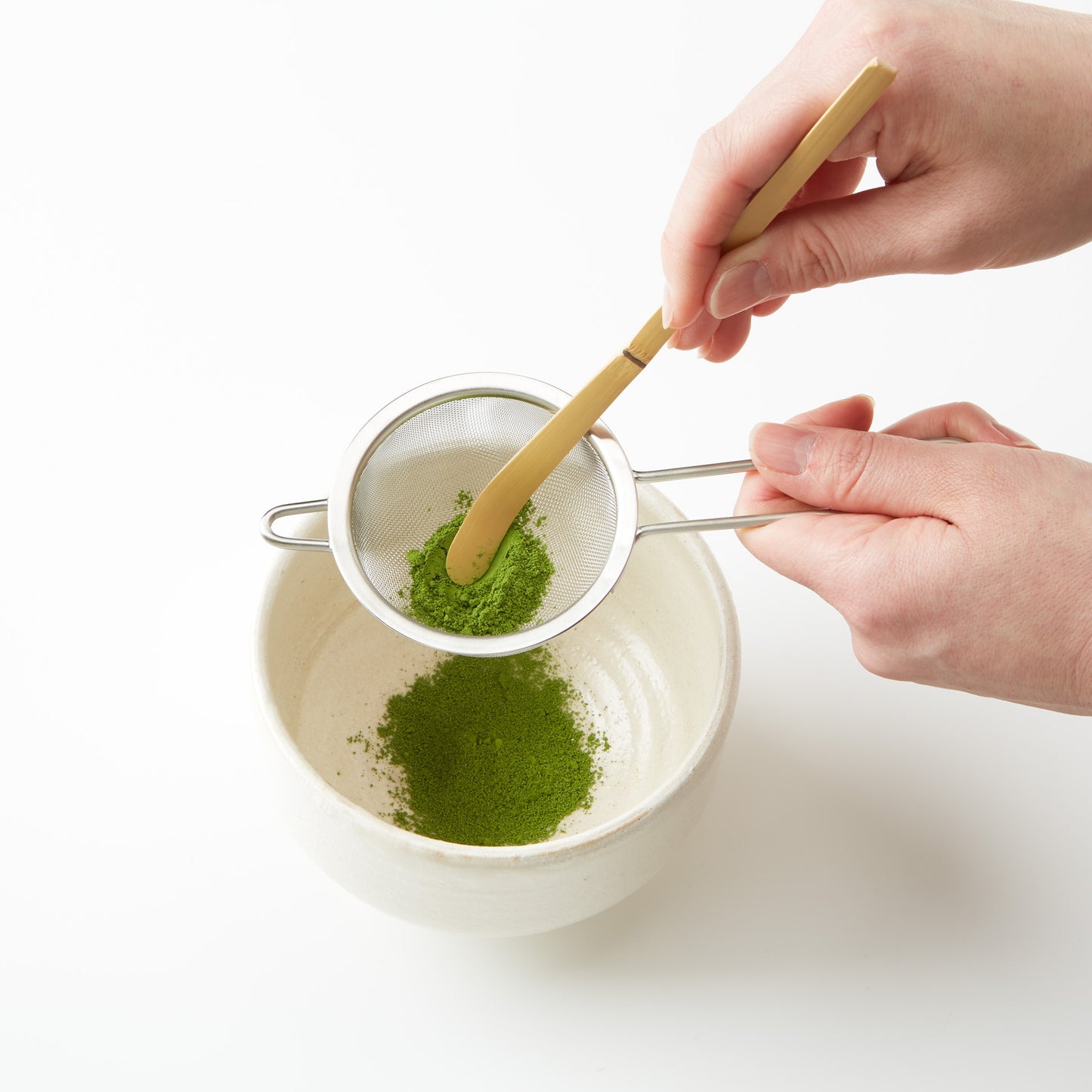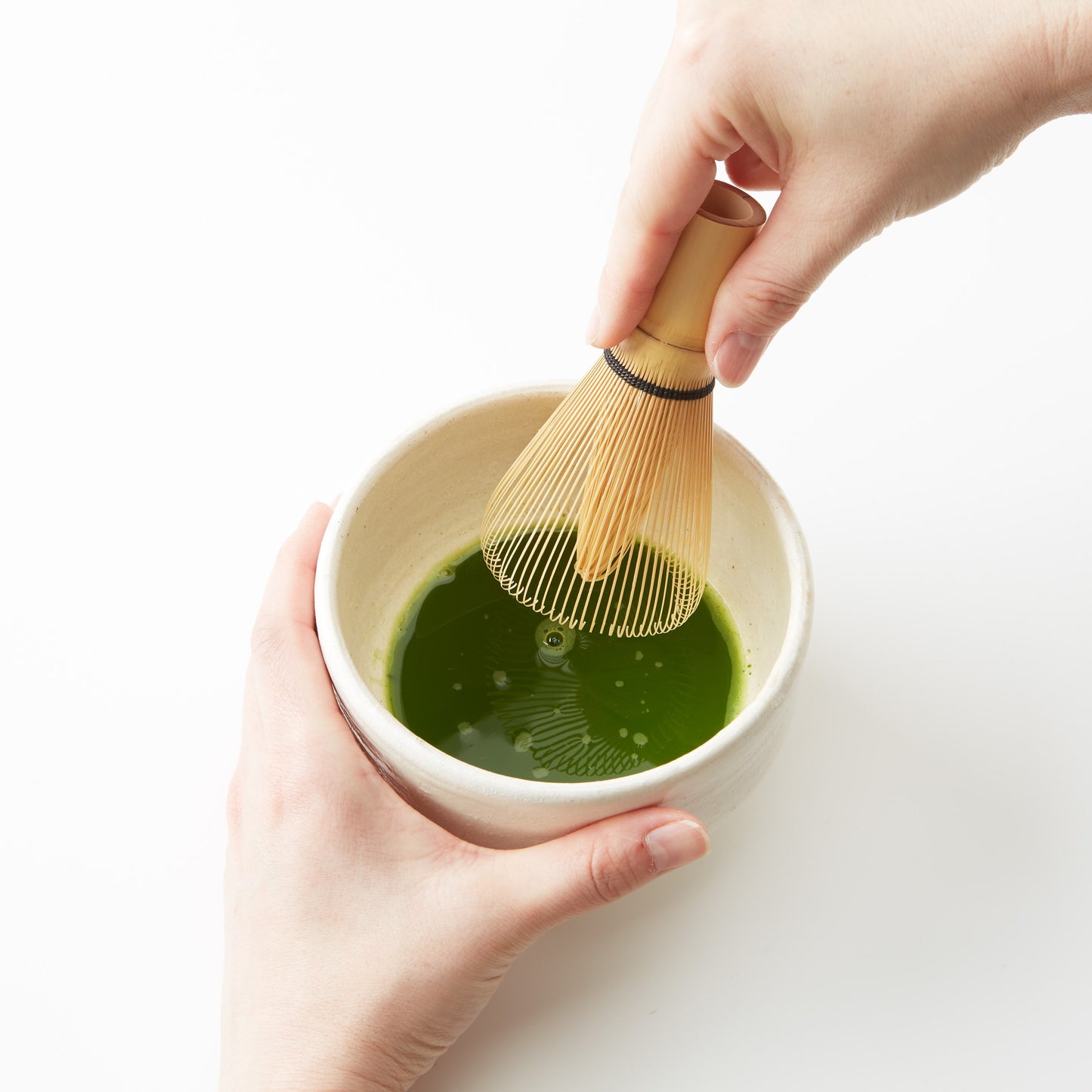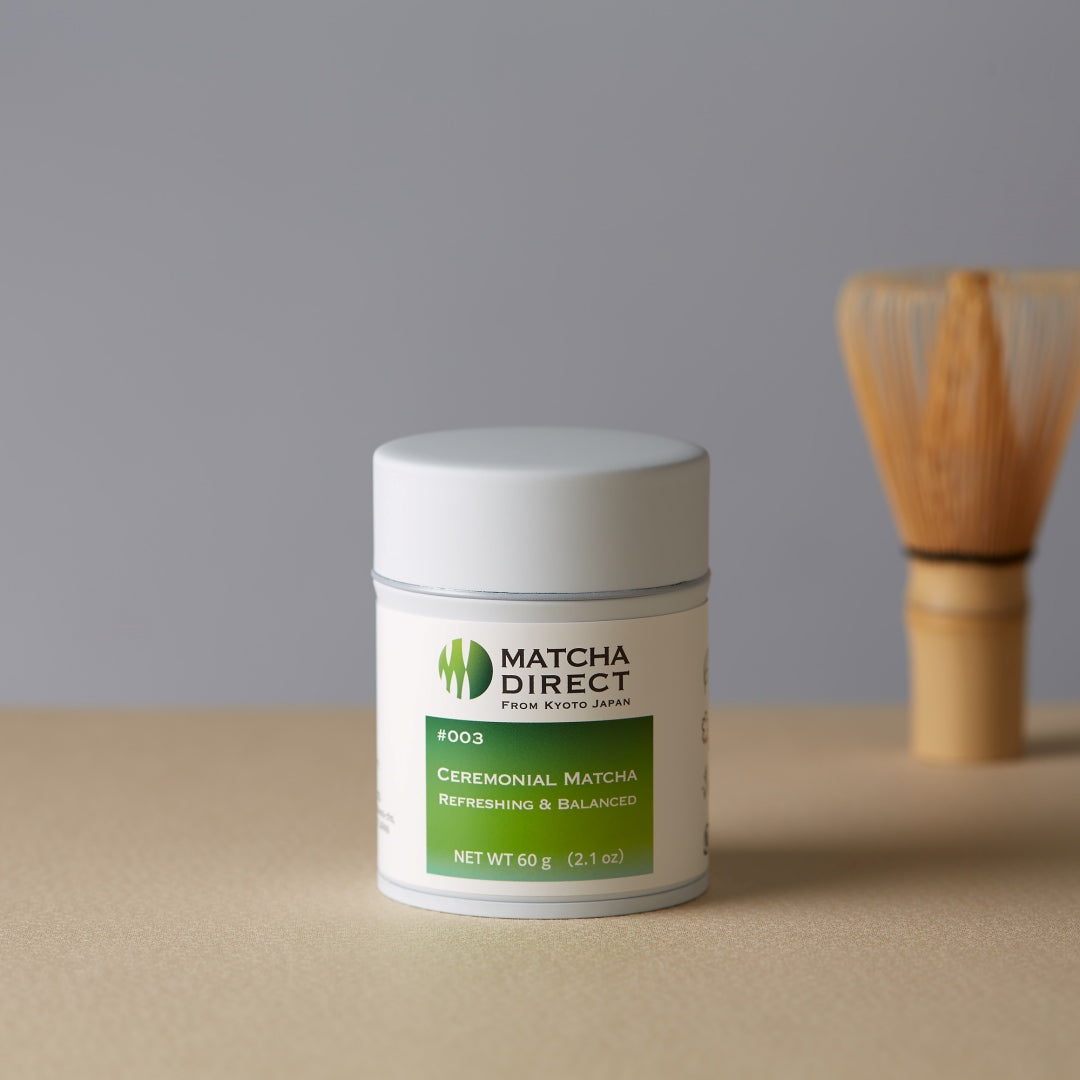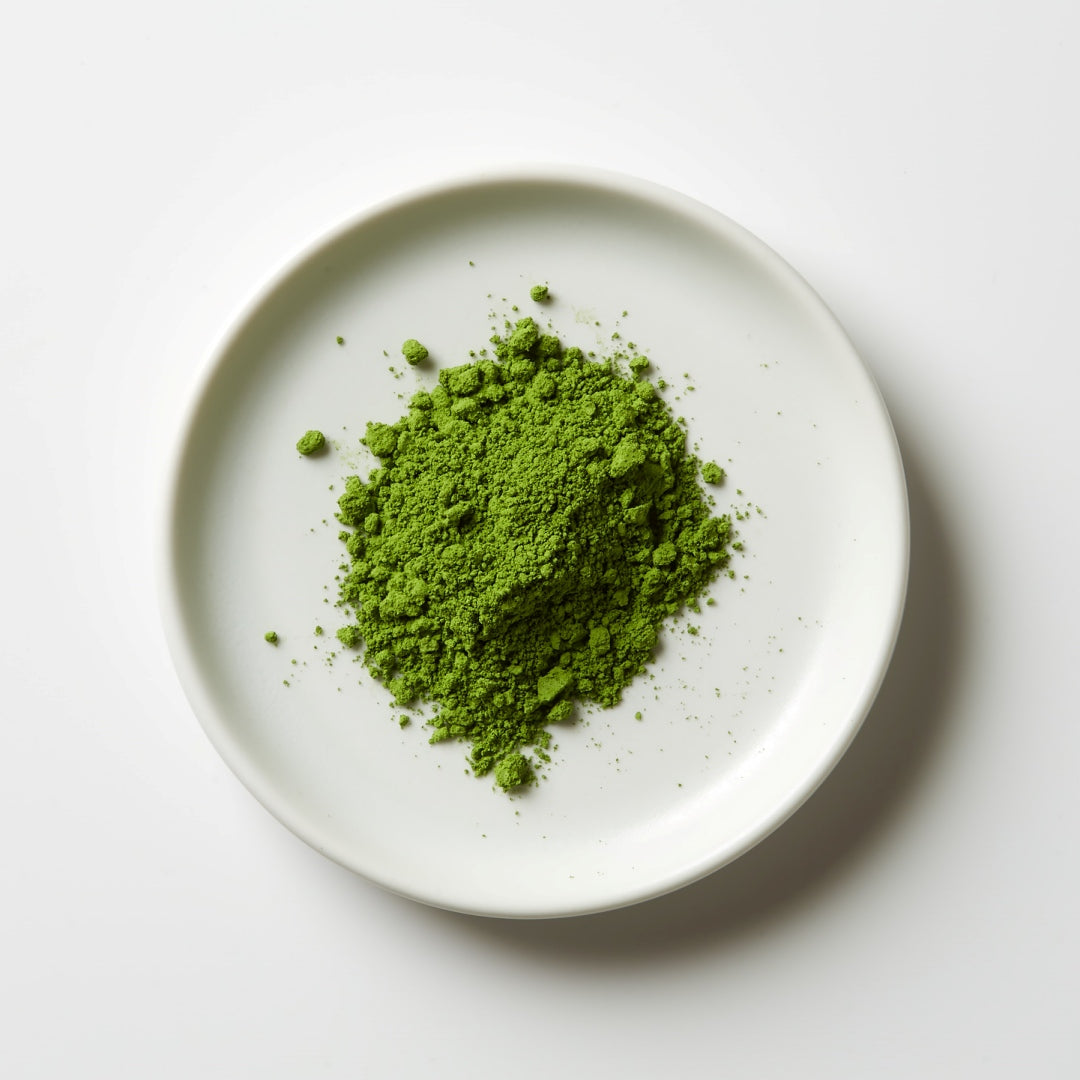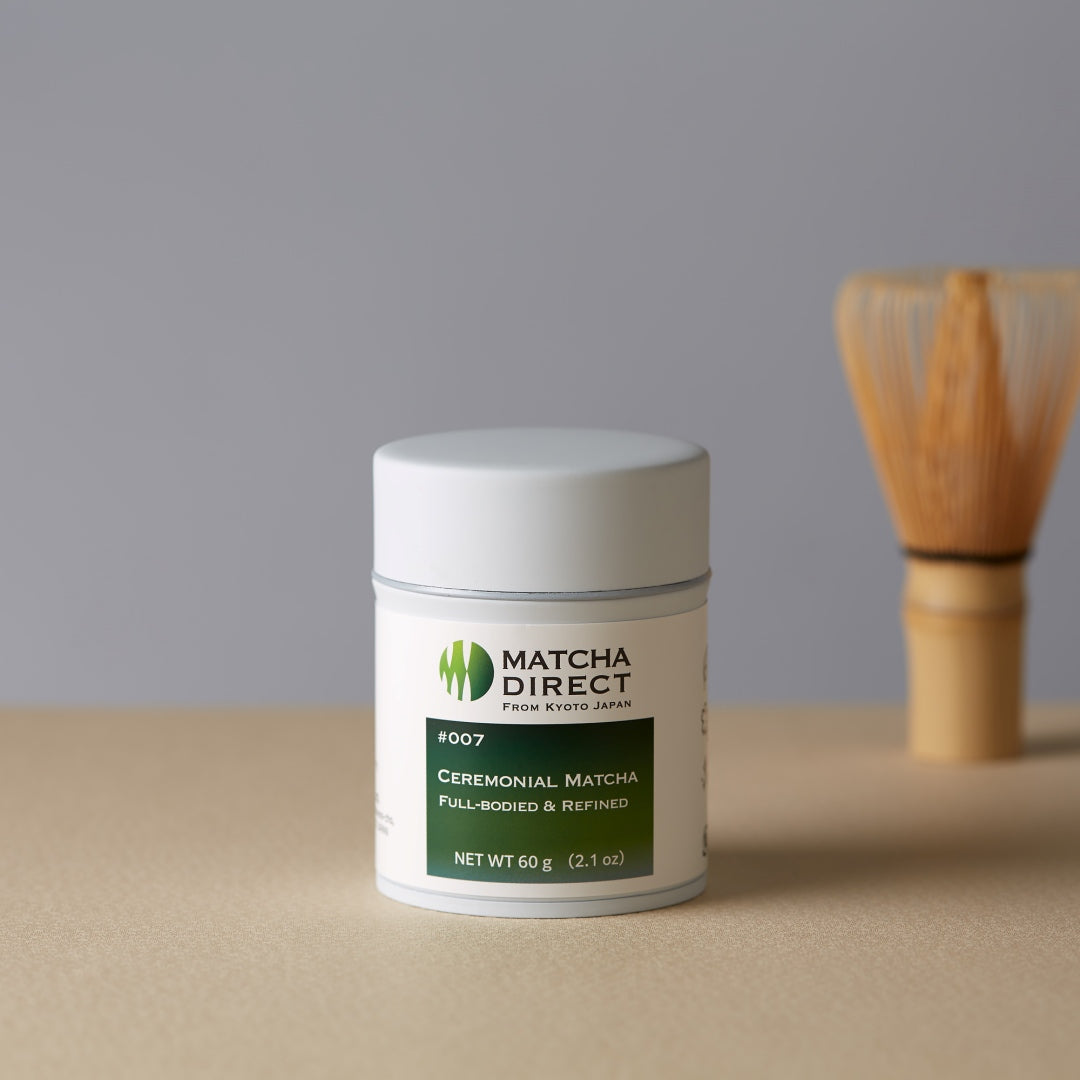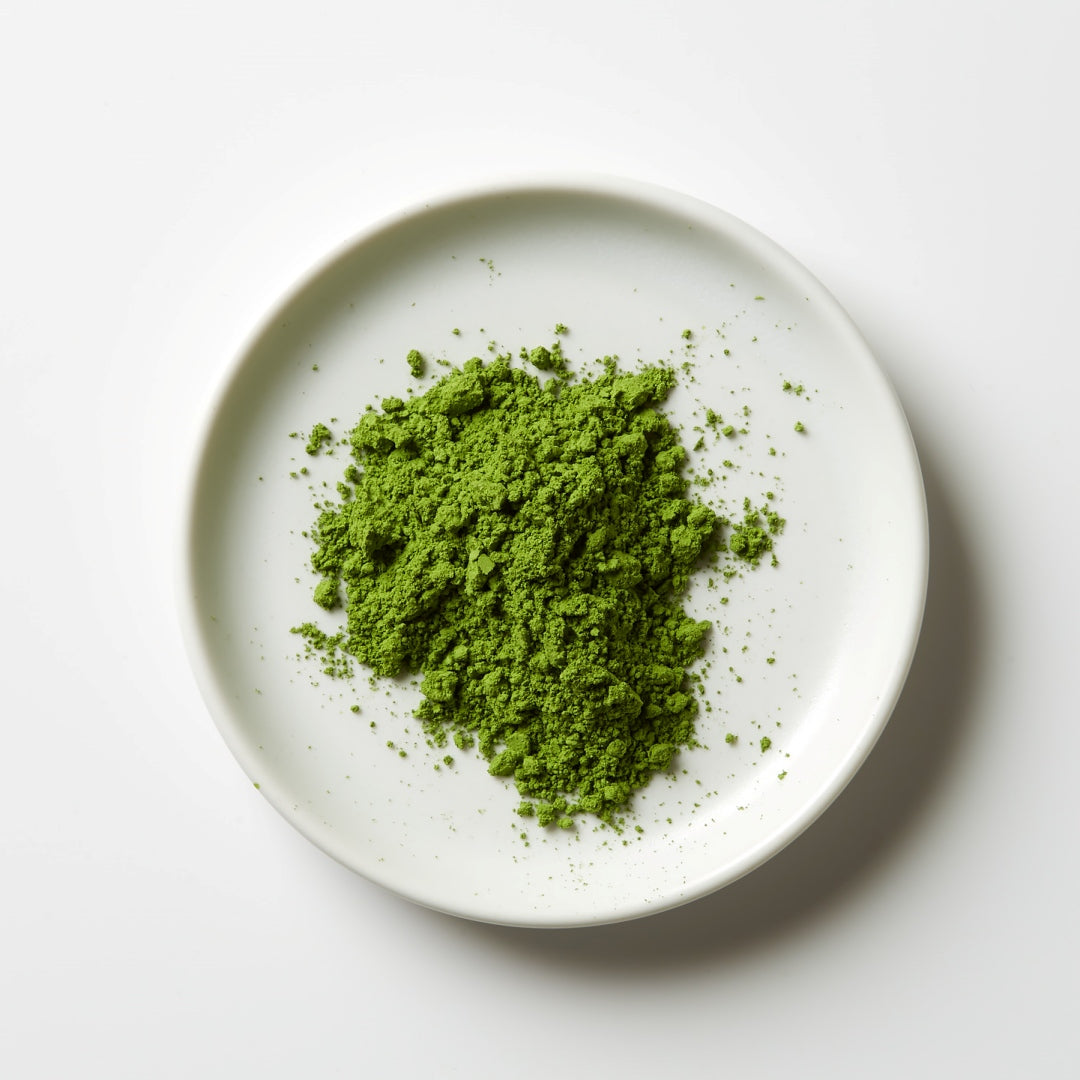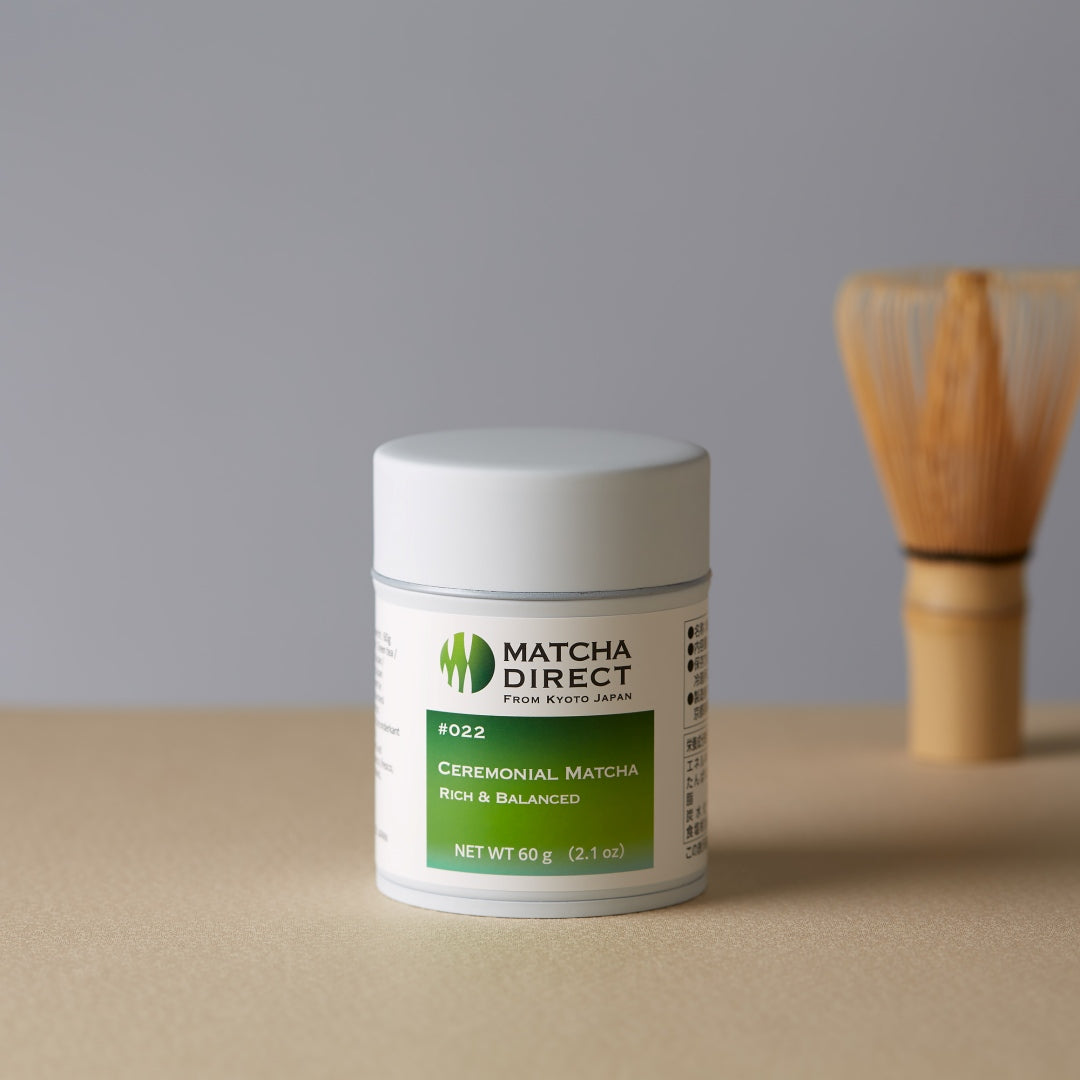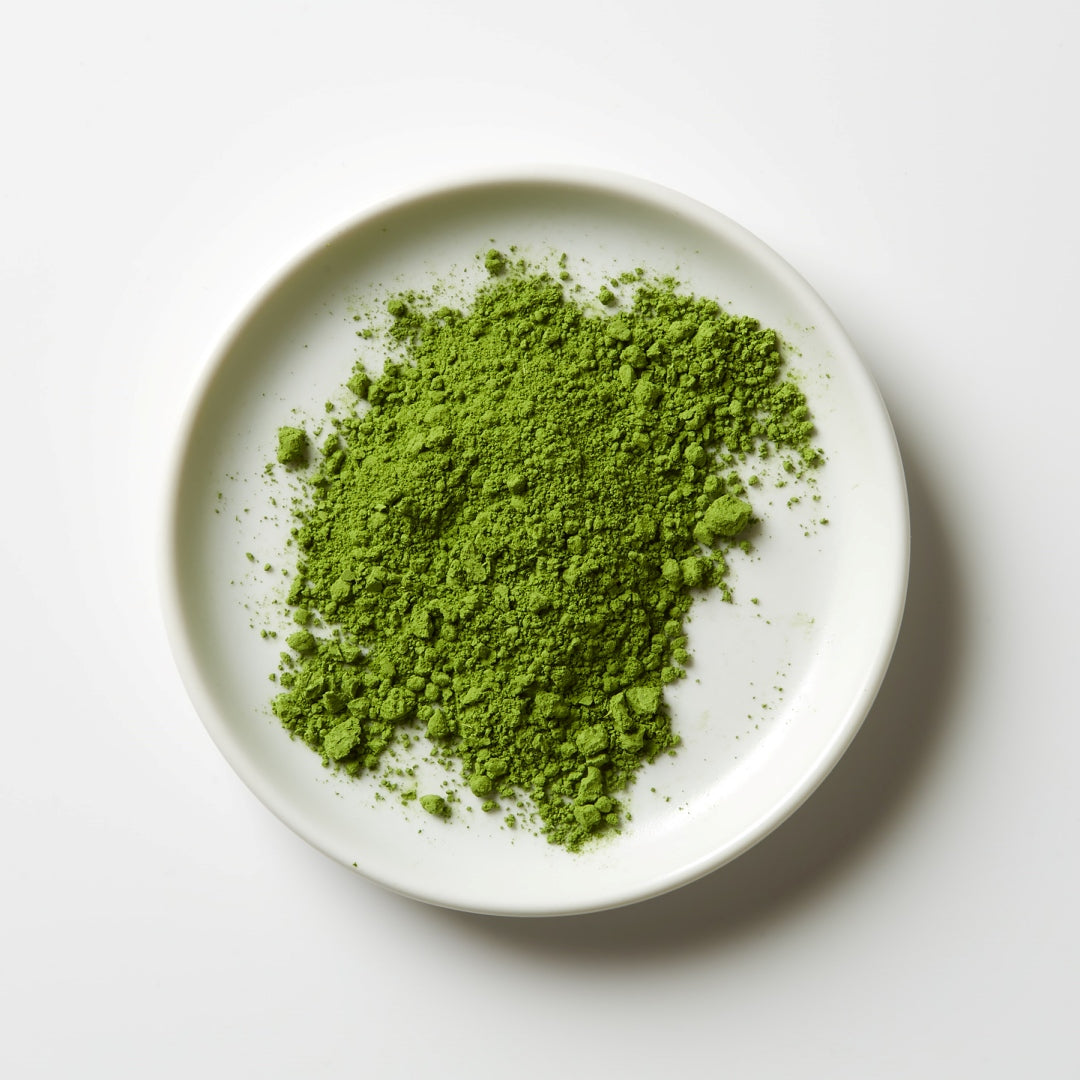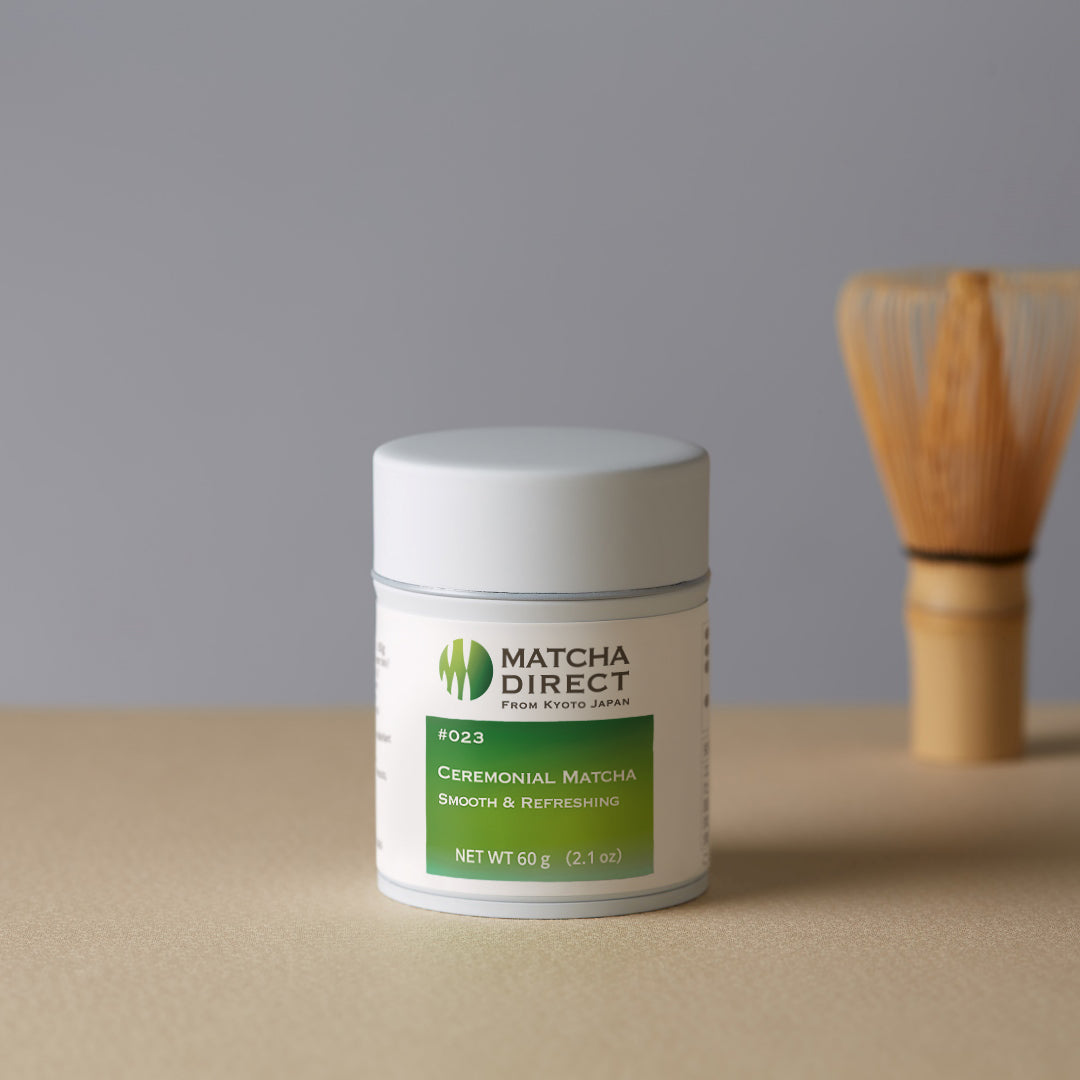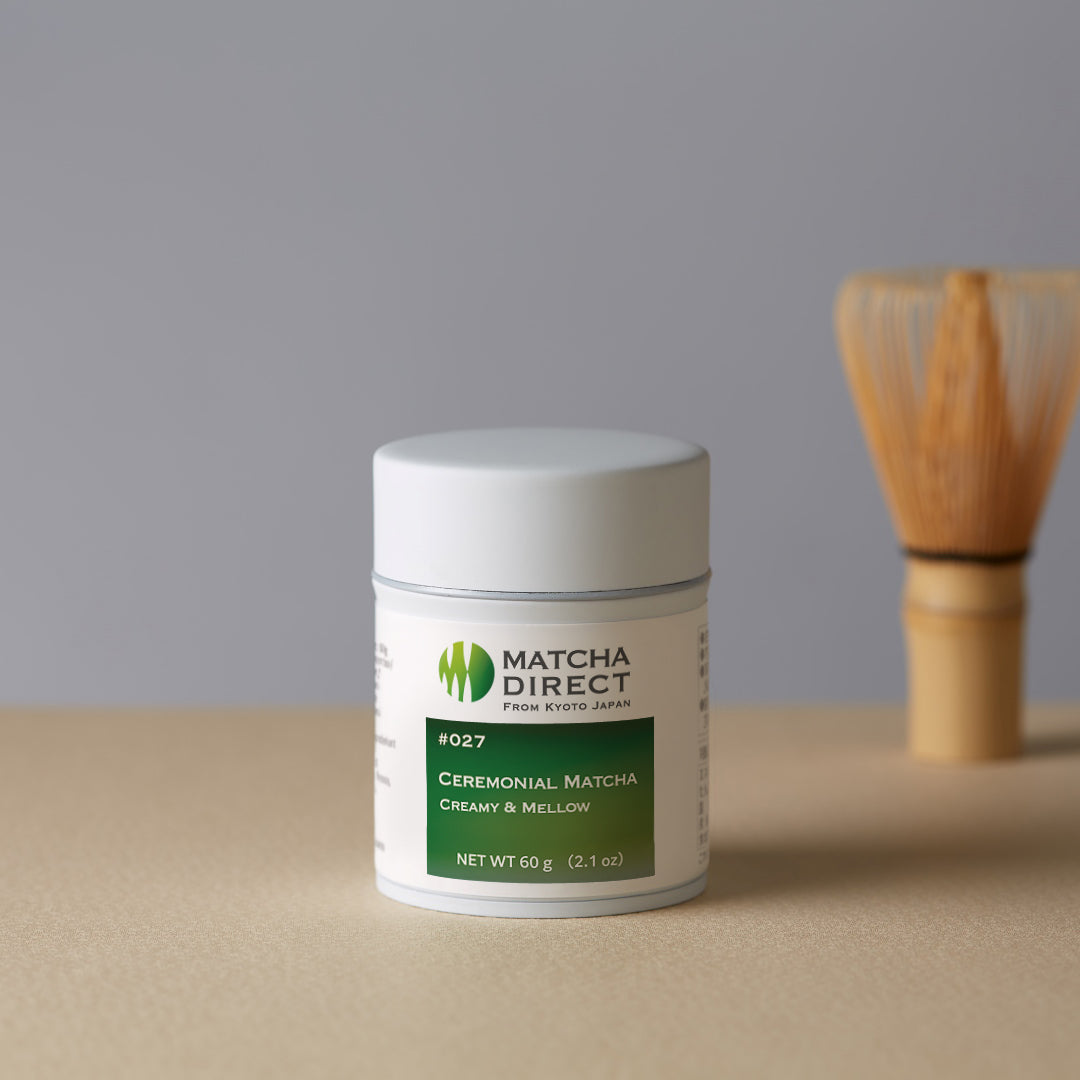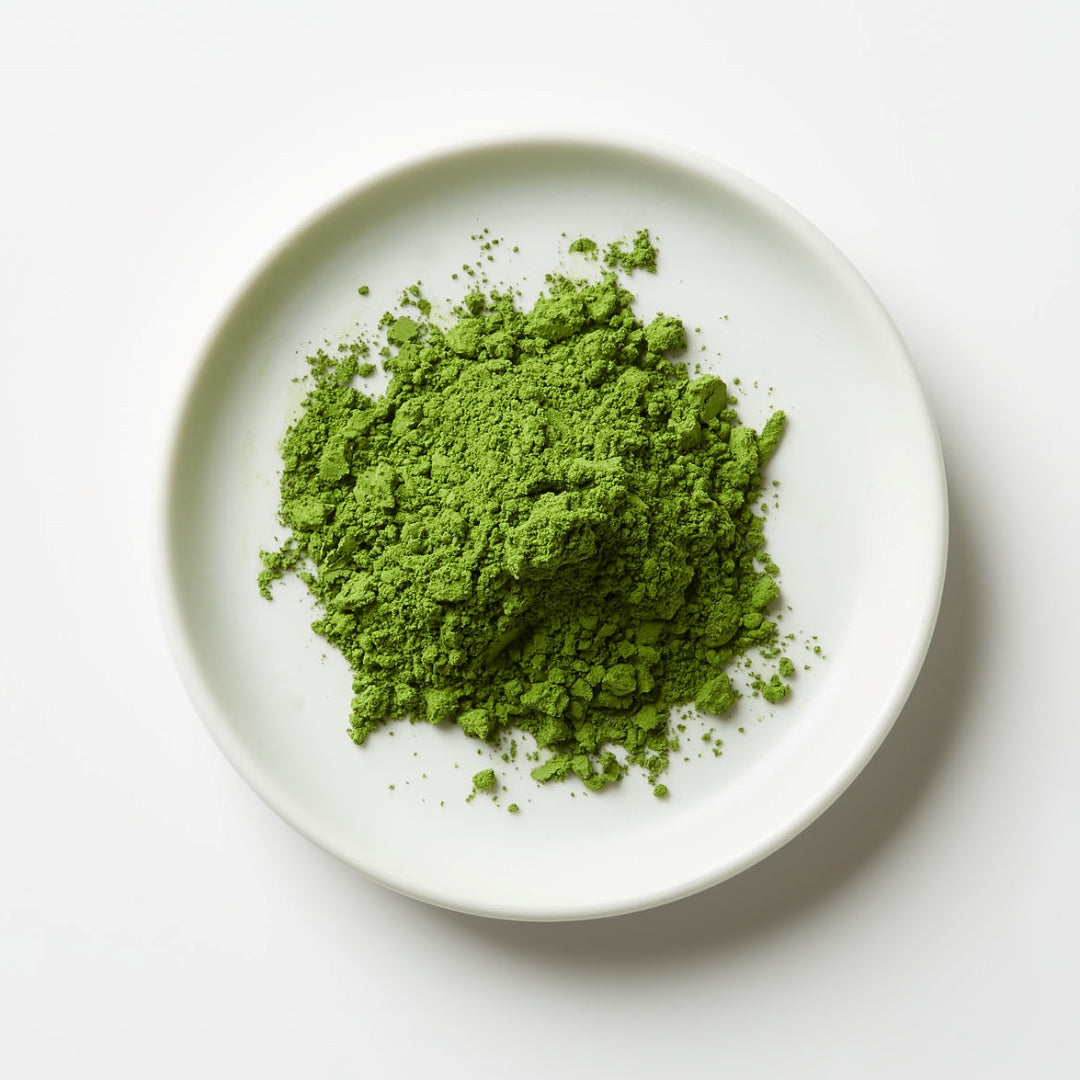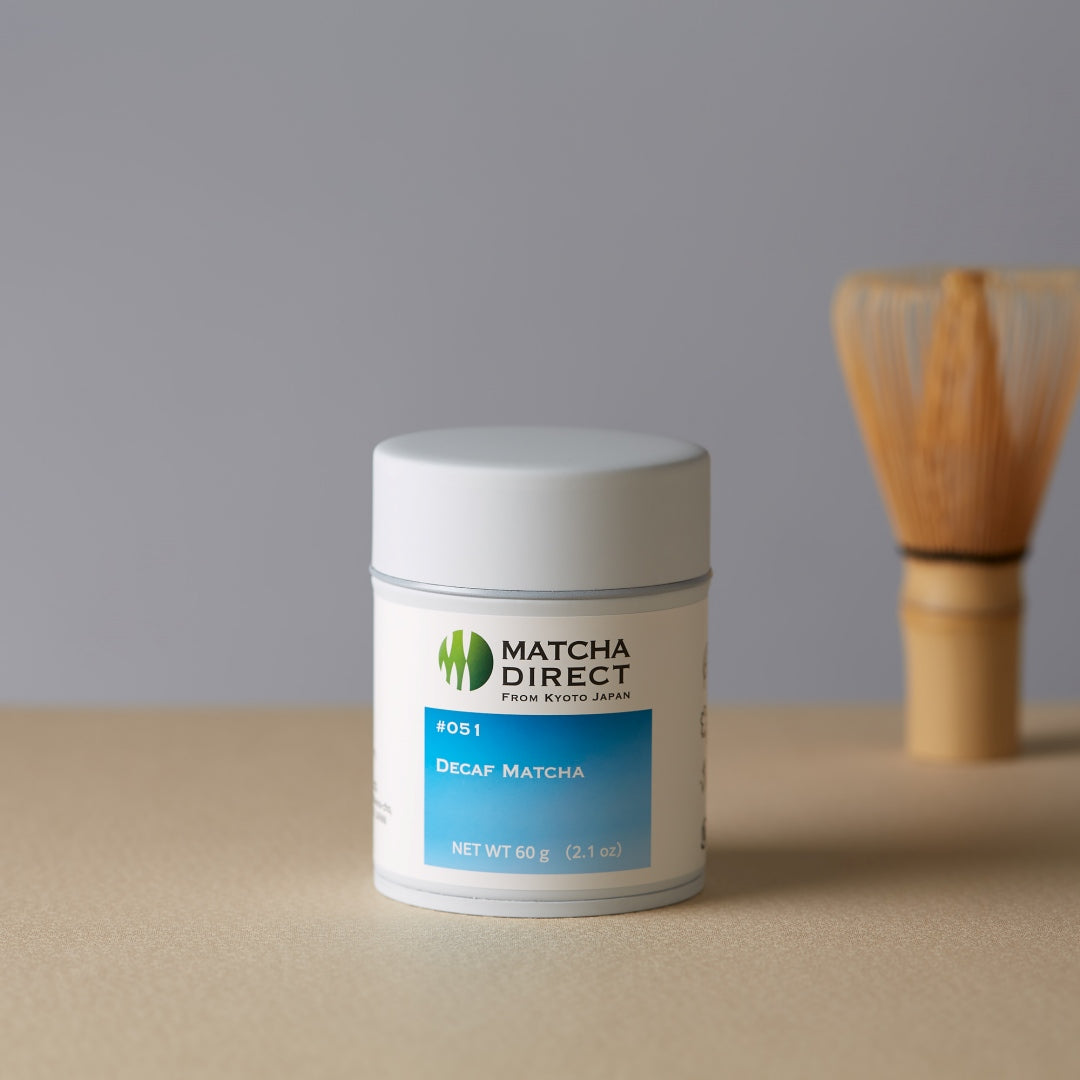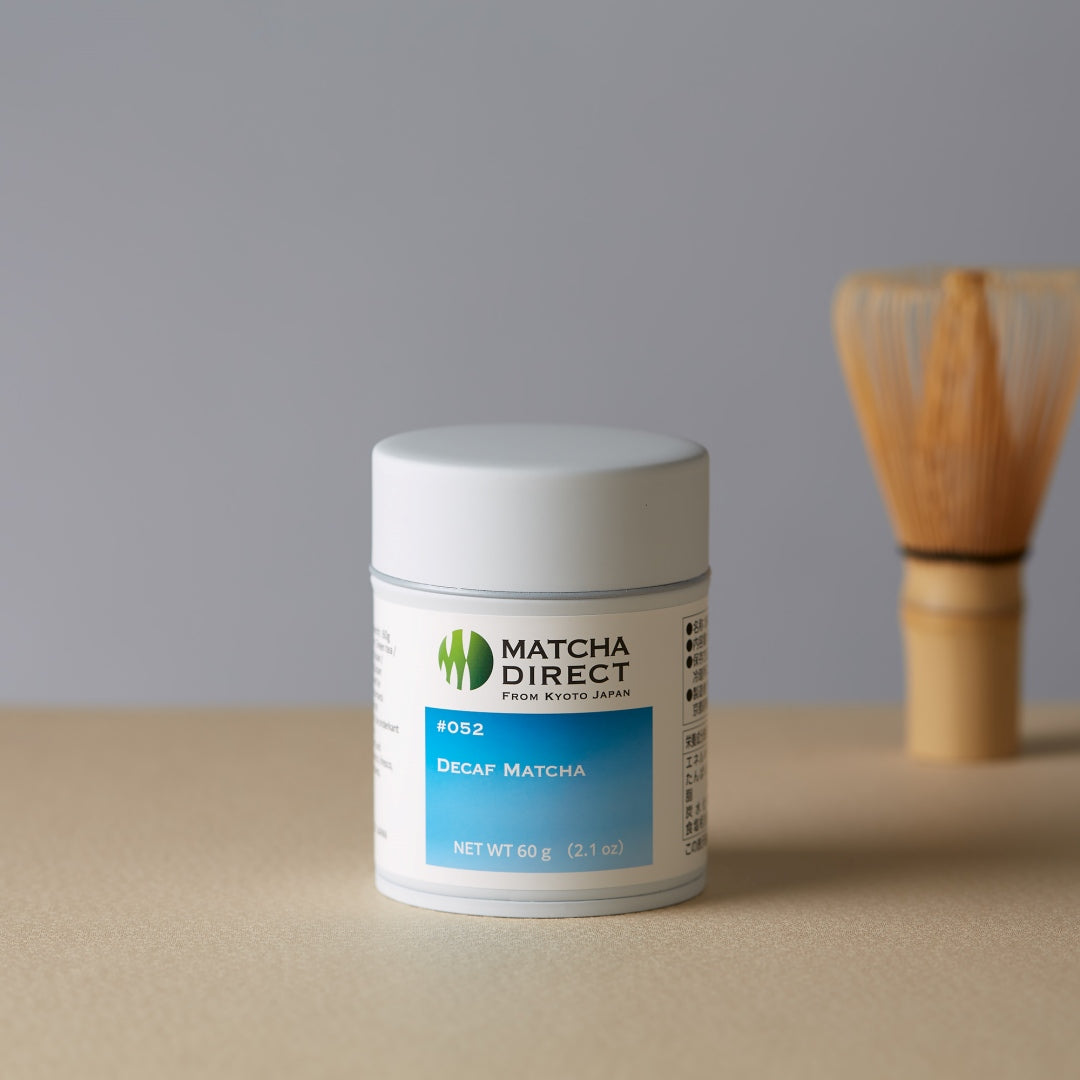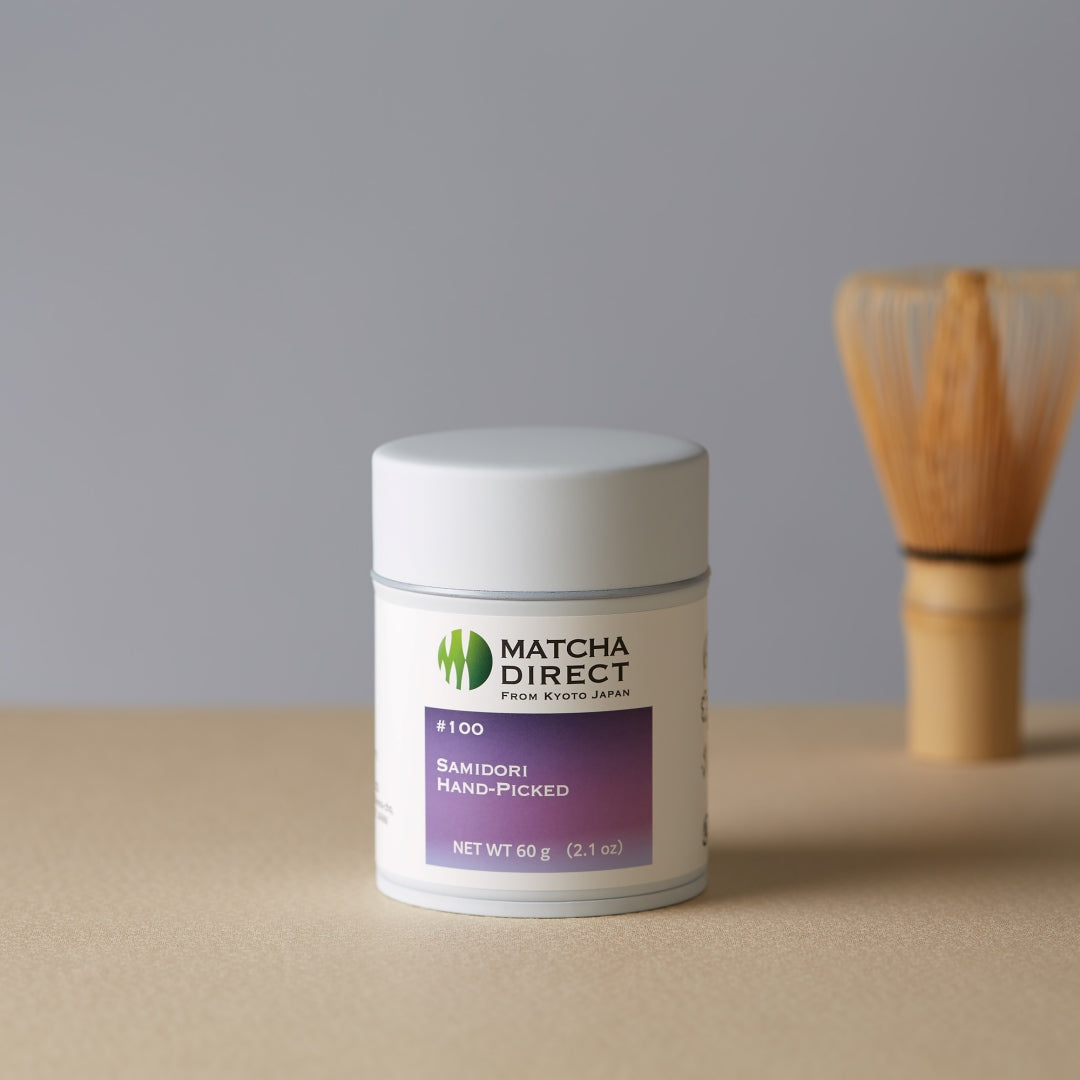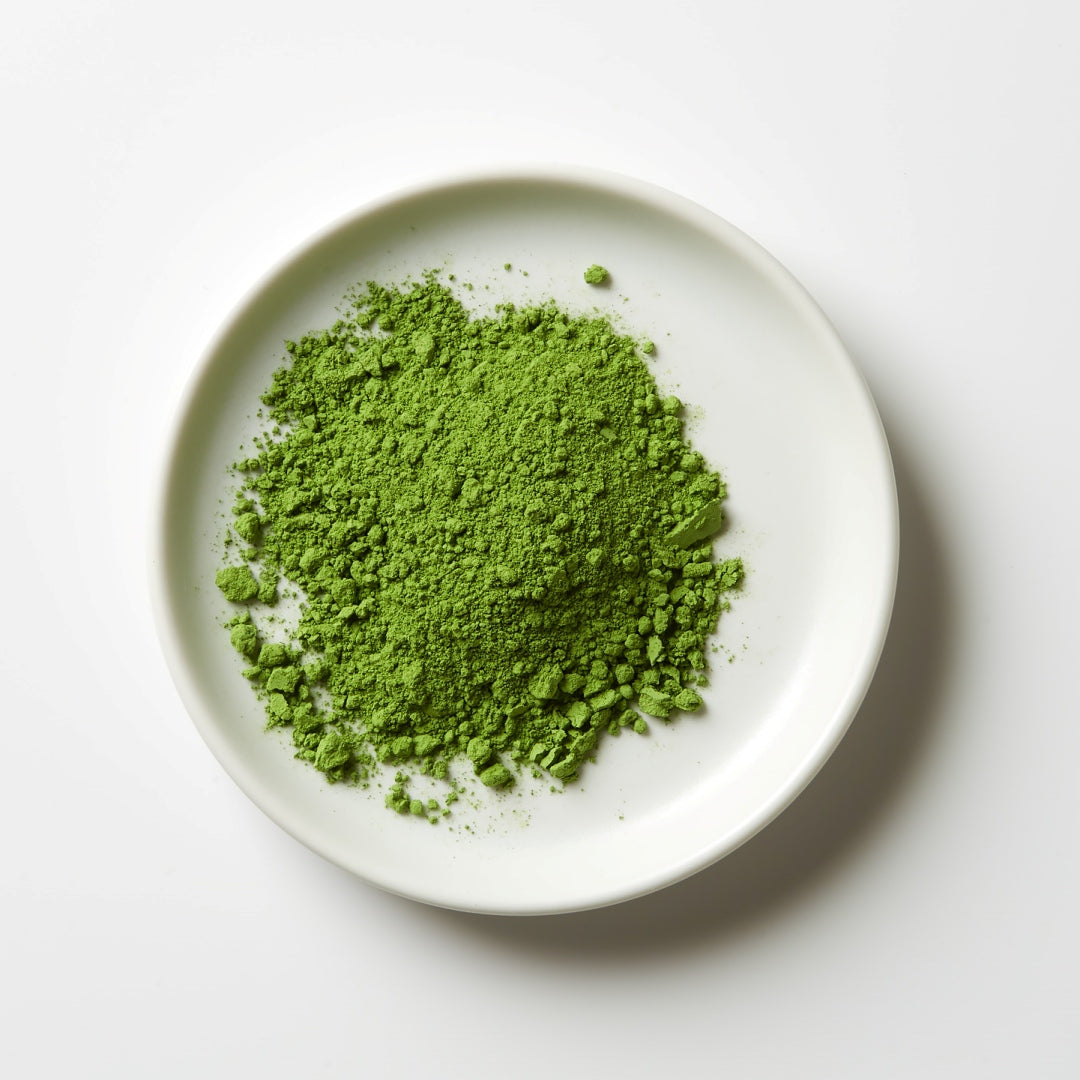How to Prepare Matcha – Essential Recipes
Preparing delicious ceremonial-style matcha is easier than you may think. You just need to keep a few points in mind. There is no need to be particular about utensils, but it is ideal to at least have a Chasen (tea whisk).
• See our easy-to-follow matcha recipes
• Get yourself an authentic Japanese Chasen (tea whisk)
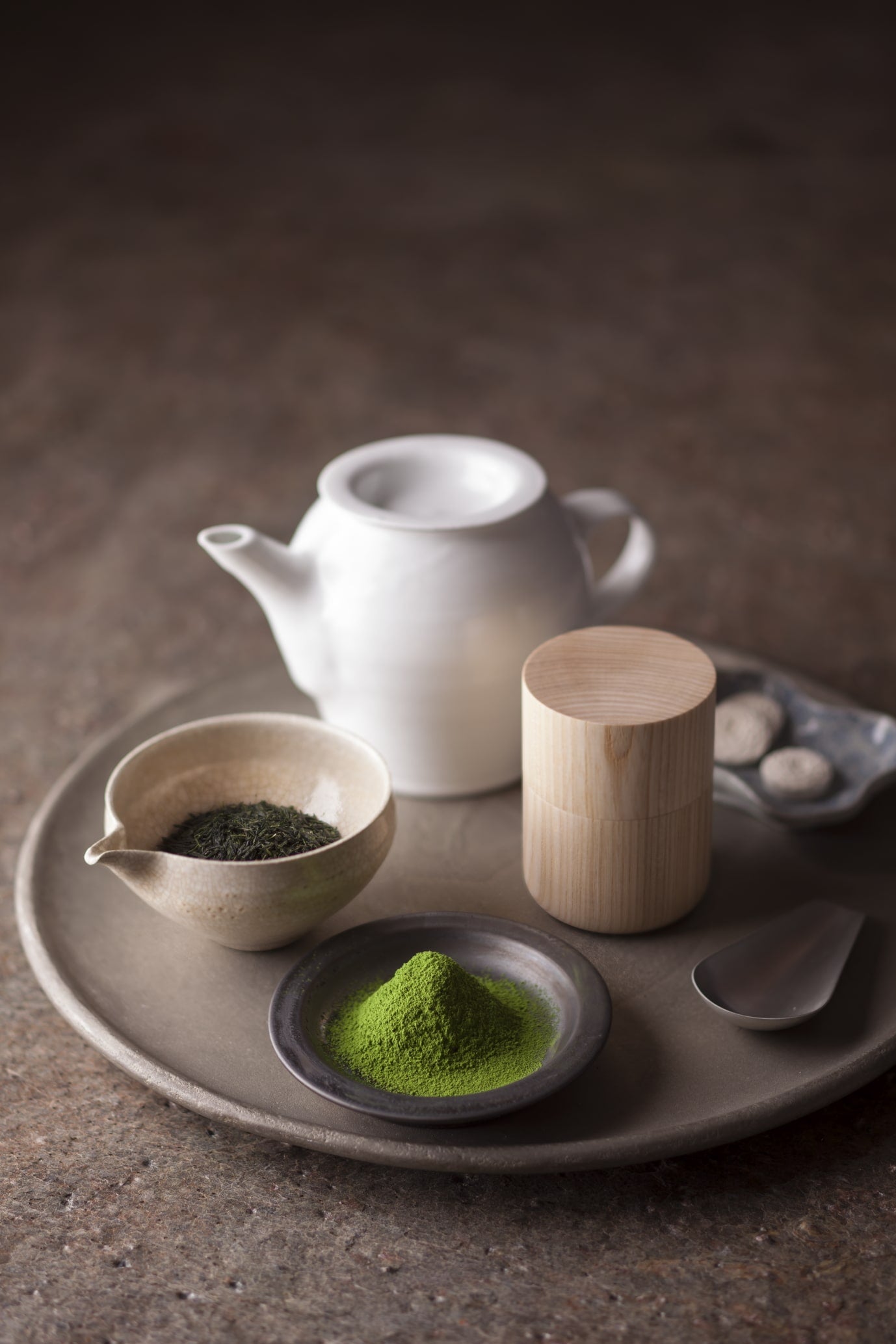
How to Make Usucha and Koicha Type Matcha
In the ceremonial style, in which you taste matcha directly, you can enjoy the completely different tastes of matcha from Usucha and Koicha. In Japanese, "Usucha" means "thin tea," and "Koicha" means "thick tea."
Generally speaking, usucha is the most common type of matcha. Drinking it as it is, you can enjoy its fresh aroma, rich flavor, and moderate bitterness with fine bubbles. Combined with milk, it is easy to make a matcha latte.
Koicha is truly a ceremonial drink. It uses an abundance of refined, high-quality matcha for entertaining important guests. Koicha is about three times thicker than Usucha. Its taste is unique, mild, and impressive because it is made from high-grade matcha with almost no bitterness and a rich, mellow umami taste.
What to prepare
Ideally, we recommend you have these items for the best results:- Matcha tea
- Chasen (tea whisk)
- Tea bowl (any bowl-shaped object will do)
- Sieve
- Measuring cup
- Scale
- Spoon
How to Make Koicha
Follow these five steps to prepare a cup of rich Koicha. You'll use 0.1 oz (4 g) of tea to make the ideal amount for one person (about 2.4 tbsp or 35 ml).- Sift the matcha tea powder.
- Place 0.1 oz (4 g) of the matcha in a tea bowl.
- Dissolve the matcha in a small amount (2 tsp or 10 ml) of water. Use the tea whisk to make sure there are no lumps. Pour 2-3 tsp (10 to 15 ml) of hot water (about 176°F or 80°C) into the pot.
- Whisk the mixture well so the matcha is evenly mixed. Continue until the consistency becomes like a paste. The trick to whisking is to move it quickly back and forth with a snap of the wrist.
- Continue whisking. You'll know it's ready when it reaches a consistency like melted soft serve ice cream.

